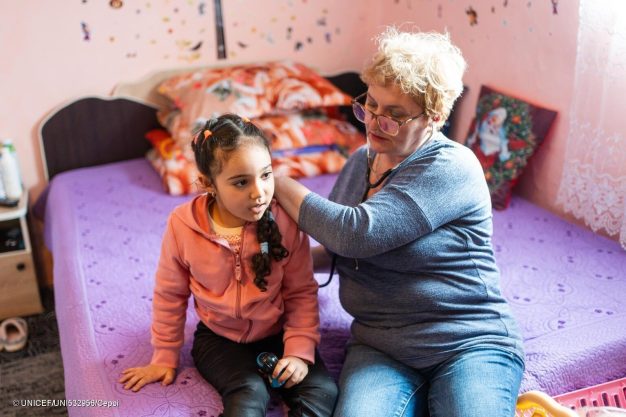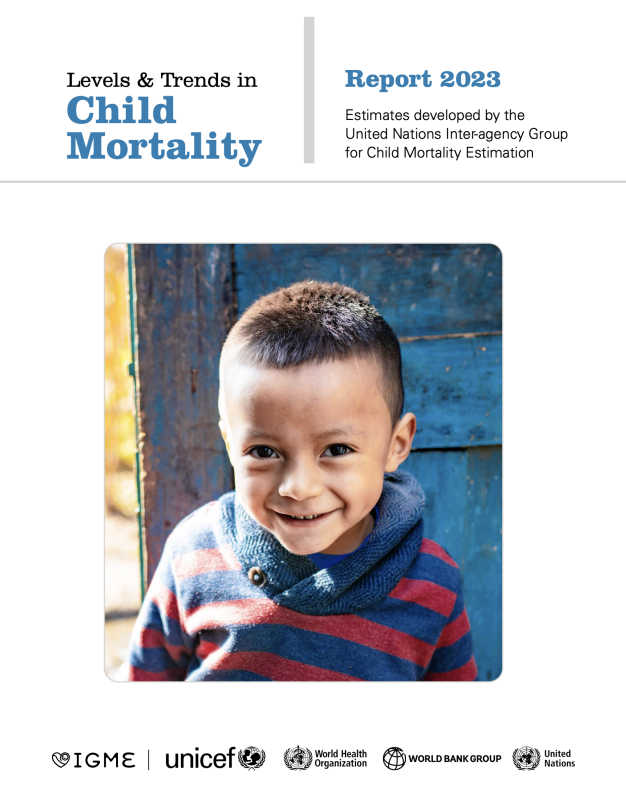
Fewer under-5s dying worldwide – but ‘a long road’ until the end of preventable early deaths
The number of children worldwide dying before their fifth birthday has reached ‘a historic low’, says the United Nations (UN).
More children than ever before are surviving early childhood today, with the global under-5 mortality rate having fallen by over half (51 per cent) since 2000.
Latest estimates published by the UN’s Inter-agency Group for Child Mortality Estimation (UN IGME), say that a number of low- and middle-income countries have ‘outpaced’ this decline, demonstrating that progress is possible when resources are properly directed at health care services.
Catherine Russell, Executive Director of UNICEF, the UN children’s charity, said: “Through decades of commitment by individuals, communities, and nations to reach children with low-cost, quality, and effective health services, we’ve shown that we have the knowledge and tools to save lives.”
She added: “Behind these numbers lie the stories of midwives and skilled health personnel helping mothers safely deliver their newborns, health workers vaccinating and protecting children against deadly diseases, and community health workers who make home visits to support families to ensure the right health and nutrition support for children.”
‘Mainly due to preventable or treatable causes’
Yet despite the advances made, the UN says there remains ‘a long road ahead’ to end all preventable child and youth deaths. As well as to the 4.9 million lives lost before the age of five – nearly half of which were newborns – the lives of another 2.1 million children and youth aged 5-24 were also cut short. Most were concentrated in sub-Saharan Africa and Southern Asia.
These deaths are mainly due to preventable or treatable causes, such as preterm birth, complications around the time of birth, pneumonia, diarrhoea, and malaria. Yet many childrens’ lives could have been saved if they had had better access to high-quality health care, including vaccinations, the presence of skilled health professionals at birth, and diagnosis and treatment of childhood illnesses.

Dr Tedros Adhanom, Director General of the World Health Organization (WHO), said: “While there has been welcome progress, every year millions of families still suffer the devastating heartbreak of losing a child, often in the very first days after birth. Where a child is born should not dictate whether they live or die. It is critical to improve access to quality health services for every woman and child, including during emergencies and in remote areas.”
Improving access to quality health services and saving children’s lives from preventable deaths requires investment in education, jobs, and decent working conditions for health workers to deliver primary health care, including community health workers.
‘We need to accelerate progress with more investments’
The UN says that studies show that child deaths in the highest-risk countries could drop substantially if community-based child survival interventions could reach those in need. This package of interventions alone would save millions of children and would deliver care closer to home. Integrated management of childhood illnesses – especially the leading causes of post-neonatal death, acute respiratory infections, diarrhoea, and malaria – is needed to improve child health and survival.
“This year’s report is an important milestone showing that less children die before their fifth birthday,” said Dr. Juan Pablo Uribe, Global Director for Health, Nutrition and Population, World Bank & Director, Global Financing Facility for Women, Children and Adolescents. “But this is simply not enough. We need to accelerate progress with more investments, collaboration and focus to end preventable child deaths and honour our global commitment. We owe it to all children to ensure they have access to the same health care and opportunities, regardless of where they are born.”
At current rates, says the UN, 59 countries will miss the Sustainable Development Goals (SDG) under-5 mortality target, while 64 will fall short of the newborn mortality goal. That means an estimated 35 million children will die before reaching their fifth birthday by 2030 – a death toll that will largely be borne by families in sub-Saharan Africa and Southern Asia or in low- and lower-middle-income countries.
Click here for more on the report.




